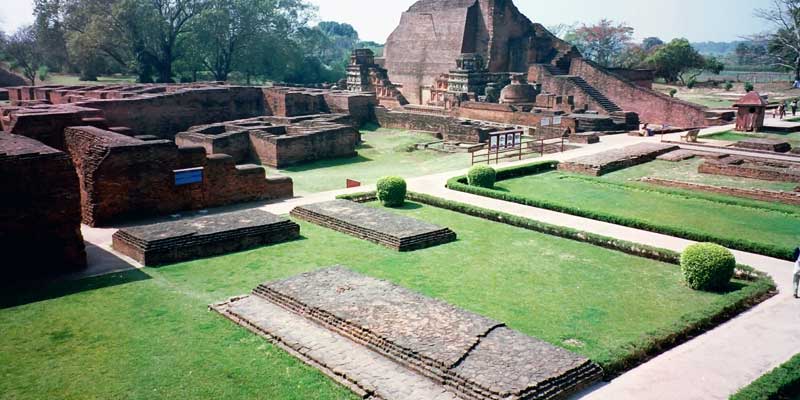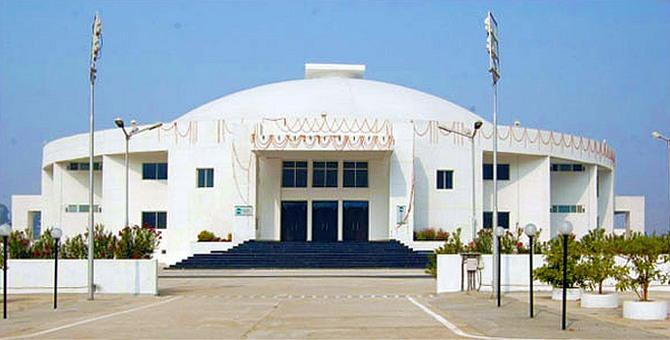NALANDA UNIVERSITY
“Learned men from different cities who desire to quickly acquire renown in discussion" reg NALANDA 7th century chinese traveller said .
Nalanda was an acclaimed Mahavihara, a large Buddhist monastery in the ancient kingdom of Magadha (modern-day Bihar) in India. The site is located about 95 kilometres southeast of Patna near the town of Bihar Sharif, and was a centre of learning from the fifth century CE to1200 CE. It is a UNESCO World Heritage Site.
.jpg)
LOCATION :
The site is located about 95 kilometres (59 mi) southeast of Patna near the city of Bihar Sharif, and was one of the greatest centres of learning in the world from the fifth century CE to c. 1200 CE.Today, it is a UNESCO World Heritage Site.
HISTORY
The highly formalized methods of Vedic learning helped inspire the establishment of large teaching institutions such as Taxila, Nalanda, and Vikramashila which are often characterised as India’s early universities. Nalanda flourished under the patronage of the Gupta Empire in the 5th and 6th centuries and later under Harsha, the emperor of Kannauj.The liberal cultural traditions inherited from the Gupta age resulted in a period of growth and prosperity until the ninth century. The subsequent centuries were a time of gradual decline, a period during which the tantric developments of Buddhism became most pronounced in eastern India under the Pala Empire.

Nalanda was destroyed three times but was rebuilt only twice. It was ransacked and destroyed by an army of the Mamluk Dynasty of the Delhi Sultanate under Bakhtiyar Khalji in c. 1200 CE. While some sources note that the Mahavihara continued to function in a makeshift fashion after this attack, it was eventually abandoned all together and forgotten until the 19th century, when the site was surveyed and preliminary excavations were conducted by the Archaeological Survey of India. Systematic excavations commenced in 1915, which unearthed eleven monasteries and six brick temples neatly arranged on grounds 12 hectares (30 acres) in area. A trove of sculptures, coins, seals, and inscriptions have also been discovered in the ruins, many of which are on display in the Nalanda Archaeological Museum, situated nearby. Nalanda is now a notable tourist destination, and a part of the Buddhist tourism circuit.
RECENT CHANGES :
On 25 November 2010, the Indian government, through an Act of Parliament, resurrected the ancient university through the Nalanda University Bill, and subsequently a new Nalanda University was established. It has been designated as an "International University of National Importance."

REF : ASI
Super dr
ReplyDelete🤩😎😎
ReplyDeletenala iruku sir
ReplyDeleteSpr
ReplyDelete